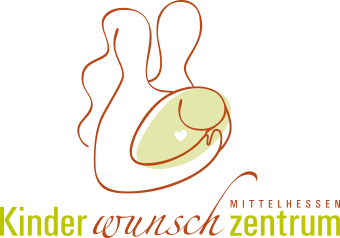Male hormones that are also present in the female body. If their level it too high in the female blood it can lead to infertility.
Telefonischer Kontakt
Schreib uns eine E-Mail
Jetzt online
- Startseite
- Kinderwunsch
- Kinderwunsch
- Ursachen & Behandlungsmöglichkeiten
- Häufige Fragen
- Häufige Fragen
- Fachbegriffe
- Embryonenschutzgesetz
- Leistungen
- Praxis
- Praxis
- Team
- Stellenangebote
- Rundgang
- Kontakt
- Gästebuch
- Downloads
- Startseite
- Kinderwunsch
- Kinderwunsch
- Ursachen & Behandlungsmöglichkeiten
- Häufige Fragen
- Häufige Fragen
- Fachbegriffe
- Embryonenschutzgesetz
- Leistungen
- Praxis
- Praxis
- Team
- Stellenangebote
- Rundgang
- Kontakt
- Gästebuch
- Downloads

